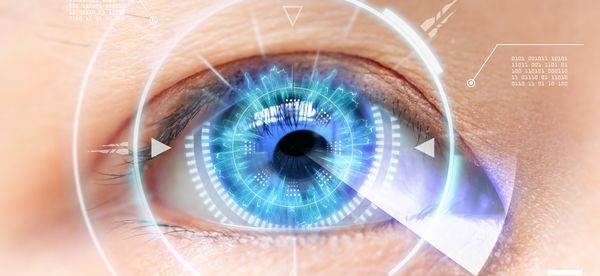Glaucoma is the second leading cause of blindness around the world. Glaucoma occurs when pressure builds up inside the eyes which ultimately damages the optic nerve – the one that is responsible for sending images to the brain. An astonishing 3.5% of the population aged 40 and above is diagnosed with this condition.
It is estimate that a person can lose up to 40% eye sight without even noticing, so naturally, early detection and treatment become very important. As a step towards early detection, IBM along with New York University has come up with a non-invasive method driven by artificial intelligence that can detect characteristics of glaucoma from retina imaging data. The IBM system takes images of the retina and feeds them to an AI algorithm which is trained to estimate Visual Field Index – a global metric that represents the visual field of a person. With an error rate of just 2%, this algorithm very accurately estimate the person’s visual function. This information, according to the researchers, can be very helpful for professionals responsible for making diagnosis. This AI driven method also lays a good foundation for future technologies, and help not only predict the onset of this disease but also accommodate treatment.
Hit the source links to learn more about this method.
Source: VentureBeat, IBM
Related
** This post was originally published on https://assistivetechnologyblog.com/2019/07/ibm-ai-glaucoma.html


